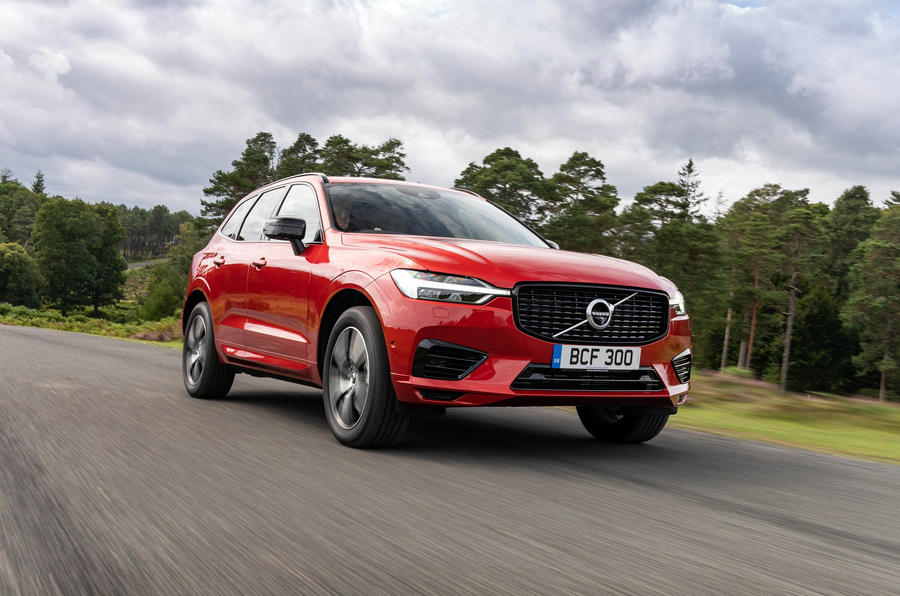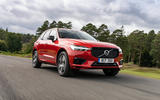What is it?
The XC60 T6 Recharge is one of quite a number of plug-in hybrid cars suddenly being offered by Volvo.
With at least one PHEV option in every model line that it makes and in many cases more than one, the Swedish car maker is now better placed to thrive than the majority of its competitors as buyers look to electrify their next new car. Given that last year was the best that Volvo has had for UK sales in nearly three decades, it seems that the firm’s emissions-cutting electrification agenda is already doing the business.
There are no fewer than three plug-in hybrid versions of Volvo’s mid-sized family 4x4, the Volvo XC60. They all use the same 11.6kWh drive battery, which is carried along the transmission tunnel; and they all have the same 87bhp, 177lb ft primary electric motor, which is packaged under the boot floor and drives the rear axle. But while the T8 and Polestar Engineered versions have more highly tuned engines with both superchargers and turbochargers for induction, this T6 version uses a simpler turbocharged 2.0-litre motor that’s connected to the front wheels and provides drive for the car either after the drive battery is depleted or during hybrid-mode running.
The XC60 T6 Recharge, then, is the cheapest of three electrified derivatives although, with prices starting a whisker above £50,000, it’s still not exactly cheap. It costs about £8000 more than a like-for-like XC60 mild-hybrid petrol or diesel, and it’s also priced a little above several of its direct rivals from the likes of BMW and Land Rover. Fleet drivers who pay benefit-in-kind tax ought to be the ones for whom the car’s ownership case may be easiest to build, but even for them, its rated CO2 emissions and all-electric range may not earn it top-of-the-shopping-list billing.

































Join the debate
Add your comment
I'd imagine this new model will be greeted with admiration from the Volvo buyers out there.
Especially, the bit about 112MPH max. A sensible choice, watch out for the acceleration mind!